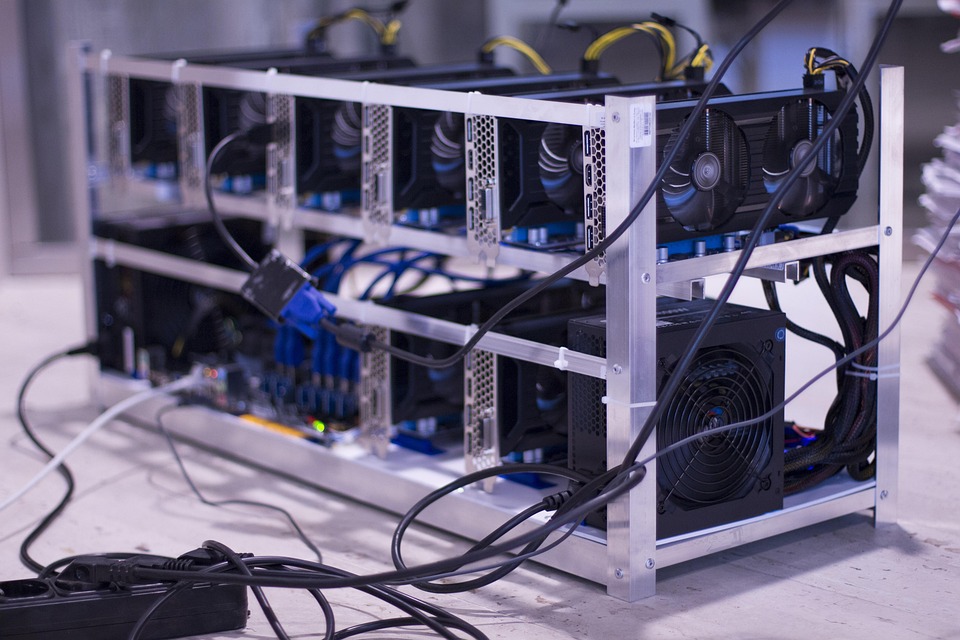Gaming
Understanding GPU Bottlenecking: A Simple Guide

So, you’ve been getting into gaming or maybe diving into the world of graphic design, and suddenly you hear the term “GPU bottlenecking” thrown around. If you’re scratching your head wondering what that even means, you’re not alone! Let’s break it down in a way that’s easy to digest, just like your favorite snack.
What Is GPU Bottlenecking?
At its core, GPU bottlenecking is kind of like being stuck in traffic on a Sunday drive when all you want to do is cruise down the highway. Your GPU (that’s the graphics processing unit) is supposed to be the cool kid on the block, handling all those delicious graphics and rendering tasks in games or apps. But sometimes, it gets held back by other components in your system, like the CPU (central processing unit) or even your RAM. When that happens, your GPU isn’t working to its full potential, and you might notice some jerkiness or lower frame rates in your gaming experience.
Why Does This Happen?
There are a few culprits that can lead to this frustrating scenario:
-
CPU Limitations: If your CPU is outdated or just not powerful enough, it can’t send data to the GPU quickly enough. Think of it as a waiter at a restaurant who can’t keep up with the orders; the kitchen (your GPU) is ready, but the orders aren’t coming in fast enough.
-
RAM Issues: Low memory can also contribute to a bottleneck. If your RAM is maxed out, it’s like trying to fit too much into your carry-on luggage—something’s gotta give!
-
GPU Power Limits: Sometimes, your GPU might be underpowered for the demands of the software you’re running. If it just can’t keep up, you might see performance dips.
Recognizing Signs of a Bottleneck
Detecting whether you’re experiencing a GPU bottleneck can be pretty straightforward if you know what to look for. Here are some signs that your GPU might be starved for information:
-
Low Frame Rates: If you’re gaming and the FPS (frames per second) is dropping, that’s a big red flag.
-
Stuttering Gameplay: If your game feels jerky instead of smooth, that could signal something’s off.
-
High CPU/GPU Usage: Monitoring software can help you see if your CPU is maxed out while your GPU is sitting idle. That’s a clear sign your GPU is waiting on the CPU.
Tools to Diagnose Bottlenecking
So, how do you figure out if you’re actually bottlenecking? There are a few tools that can help:
-
MSI Afterburner: This nifty software allows you to monitor your GPU and CPU usage in real time.
-
FPS Monitors: Built-in metrics in games or third-party programs can help you understand how well your hardware is performing under load.
-
Gamers’ Forums and Communities: Don’t underestimate the power of good ol’ community wisdom. Platforms like Reddit have folks who love to dissect these issues.
If you’re interested in diving deeper into hardware diagnostics, Investopedia has some great resources that explain how to choose the right tools for monitoring system performance.
How to Resolve GPU Bottlenecking
Now that you know what’s going on, let’s explore some ways to fix or at least minimize the frustrating effects of bottlenecking.
Upgrade Your CPU
If you find that your CPU is the weak link, consider swapping it out for a more powerful one. Typically, gamers should look for CPUs with higher clock speeds and more cores.
Optimize Your RAM
-
Check Compatibility: Make sure your RAM is compatible with your motherboard and runs at an adequate speed.
-
Increase RAM Capacity: If you’re running on less than 16 GB for gaming, it might be worth bumping up to 32 GB (if your budget allows).
Boost Your Cooling
Sometimes it’s not just about power. If your hardware is overheating, it won’t perform efficiently. Upgrading your cooling system can help maintain optimal performance.
Get a New GPU
If your GPU is years old and struggling to handle newer titles, maybe it’s time for a new one. Look for something that’s recommended for your gaming needs.
Tweak Game Settings
This one’s kind of a hack. Sometimes, lowering the graphics settings in your games can ease the load on your system. Turn off ultra settings and see if it makes a difference!
Monitor Performance
After making changes, keep an eye on your performance using the same monitoring tools mentioned earlier. This way, you can see what’s working and adjust as needed.
Different Types of Bottlenecking
Bottlenecking isn’t a one-size-fits-all issue. There are variations that can affect your experience differently:
-
CPU Bottlenecking: Here, the CPU struggles to keep up with the GPU. This is especially common in CPU-intensive games.
-
VRAM Bottlenecking: Video RAM can also be a factor. If your GPU runs out of VRAM, it struggles to render textures, leading to poor performance.
-
Thermal Bottlenecking: Overheating is a problem too. When your components get too hot, they throttle performance to cool down.
Conclusion
So there you go! Whether you’re a casual gamer or a serious graphic designer, understanding GPU bottlenecking and how to minimize its impact is key to getting the most out of your rig. By keeping an eye on your CPU, RAM, and other factors, you can make informed decisions that can lead to a smoother and more satisfying experience. Remember, knowledge is power—especially in the tech world!
Happy gaming!
